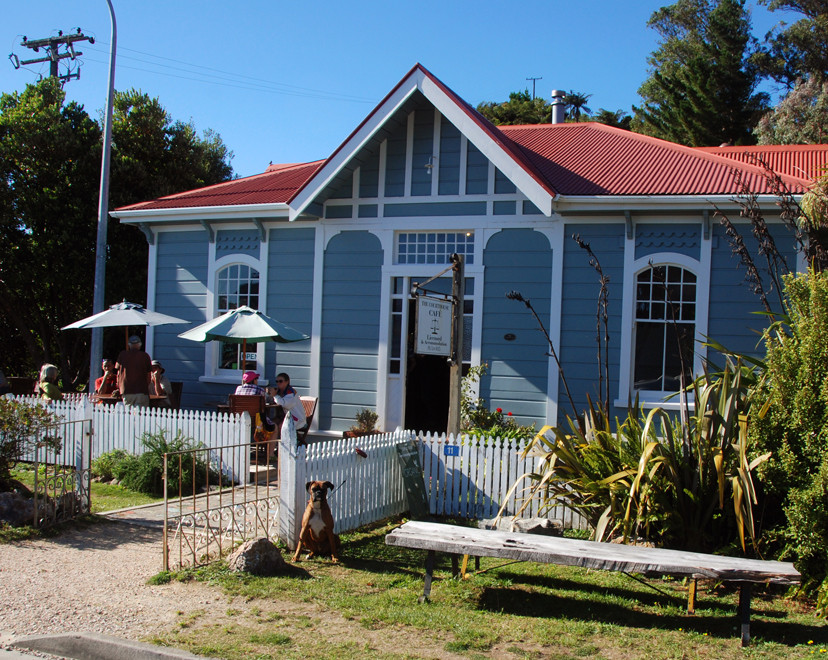Golden Bay II: Collingwood

Ever since I had seen a map of Golden Bay I'd wondered what was on the west coast-side of the mountains that narrow down to the elbow of land at Cape Farewell at the far north-west end of the South Island.
I stopped in at the tourist office in Takaka to get an opinion. It was 'pretty awesome out there' I was told by a friendly woman behind the counter. Her son had recently had a field trip and camp-over at Managarakau Swamp where there had been 'coalmines and other stuff like that.'
As to the sandflies she couldn't really say. I got the impression she had never been out there.
Groggy from the previous night's celebrations we stopped in the entirely charming town of Collingwood - a tiny place perched on slightly raised flat land at the mouth of the Aorere River.
Formerly 'Gibbstown' its name was changed after Golden Bay's shortlived gold rush to 'Collingwood' - after Cuthbert Collingwood, second-in-command at the Battle of Trafalgar (1805). Grand plans were drawn up on desks in London for a town to rival burgeoning Nelson to the east. In 1858 the first wharf was built and the town was declared a Port of Entry with a harbour master and customs officer.
The port continued exporting products until the 1950s when a combination of silting, road transport and the disappearance of coastal steamers led to its demise.
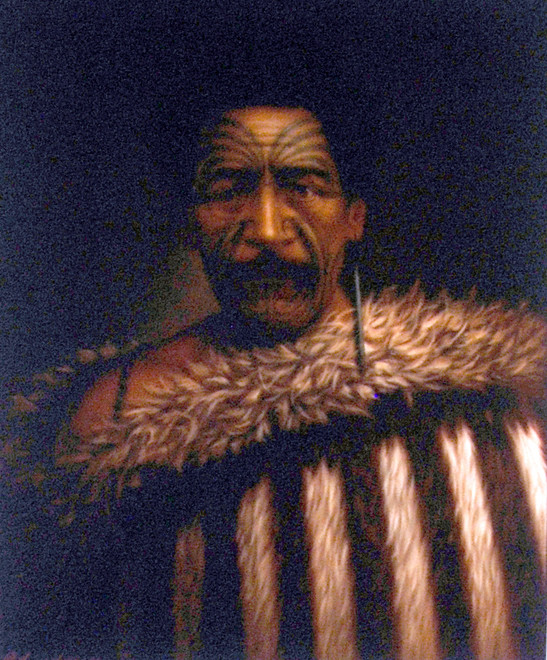
The Aorere Centre had some very interesting displays about Maori in the area, the coming of the New Zealand Company and the industries that eventually developed in the vicinity.
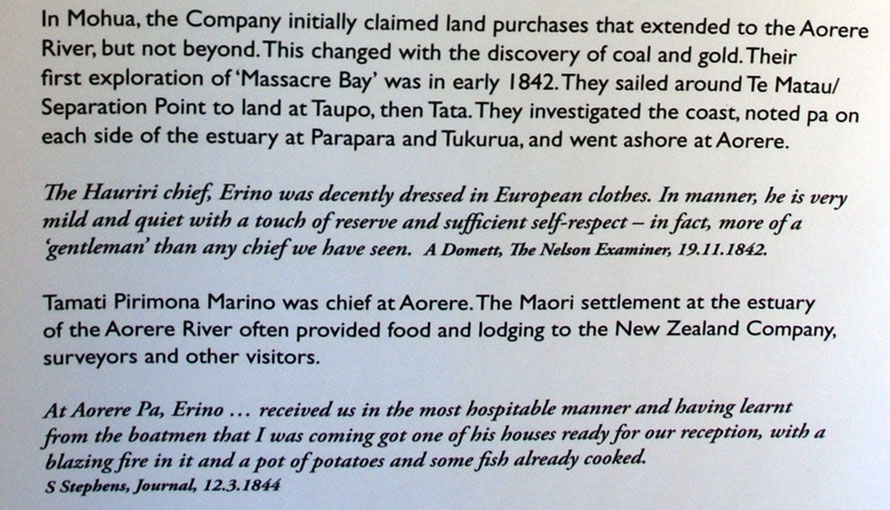
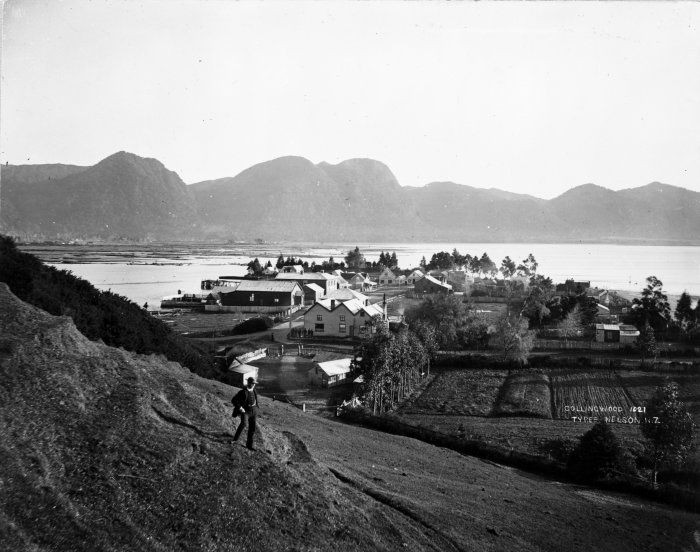

I took photos of the war memorial - eight fallen in the first world war and eleven in the second - and the individual memorial to H. B. Riley, killed in the Battle of the Somme in 1916 aged 43.
It was a beautiful translucent day and the poignancy of lives lost half way round the world was passing but acute.
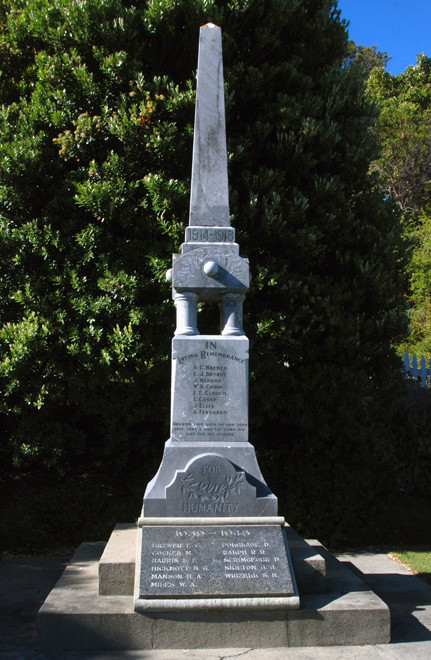
I wandered down to where I imagined the old wharves had been in the days when the only way to get to other parts of New Zealand was by boat - the perilous road over Takaka Hill, which rises to 791m, was not built until the 20th century.
The tide was out and the muddy foreshore was strewn with tree-driftwood brought down by the Aorere river when in one of its frequent spates. Beyond the hills of the Three Sisters and Mt Burnett (641m) to the west rose up steeply out of the alluvial plain like two huge discs buried in the land.

Travel between Nelson and Golden Bay was done by boat - for a long time on the 47 ton paddle steamer, Lady Barkly, built in 1861. The ship had been used in the Taranaki land wars and then abandoned in Auckland Harbour.
She was rescued and put into service between 1867 and 1921 undergoing one name change to Hina and losing her paddle wheels for a single propeller. The trip from Collingwood took nine hours and the 'lady of the bays' stopped frequently along the coast to Nelson.

We had excellent coffee at the Courthouse Cafe housed in the beautifully maintained single-storey courthouse. The place was buzzing in a low-key but intense kind of way. Snippets of conversation suggested serious arts-type people. It felt quite different from Takaka's dreadlocks and barefoot brigade of alternative lifestylers.




